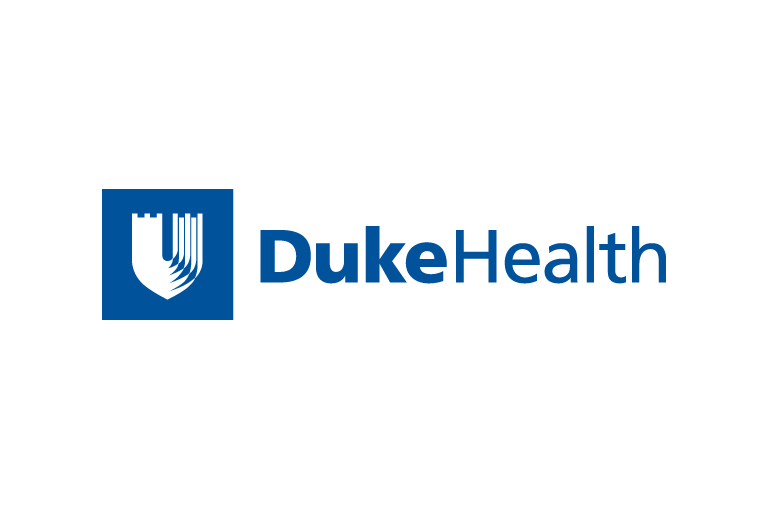Anesthesiologists’ Substance Abuse Constant Despite Efforts
 From the corporate.dukehealth.org archives. Content may be out of date.
From the corporate.dukehealth.org archives. Content may be out of date.
DURHAM, N.C. -- Despite improved control of operating room
medications and increased education, the rate of substance
abuse among anesthesiologists remains unchanged, according to a
new Duke University Medical Center survey.
The anonymous survey of more than 100 academic medical
centers found substance abuse rates of 1 percent for
anesthesiology faculty members (34 out of 3,555) and 1.6
percent for anesthesiology residents (133 out of 8,111) during
the 1990s.
The researchers emphasize that actual use of the controlled
substance occurred outside of the operating room setting during
the doctors' personal time, and that there were no reports of
patient harm occurring as a result of impaired physicians.
"Efforts to reduce substance abuse among anesthesiologists
have focused on education and tighter regulation of controlled
substances, but it appears that these efforts have had little
effect," said Duke anesthesiologist John Booth, M.D. "It is
clear that new and more effective means of prevention are
required if substance abuse among anesthesiologists is to be
reduced."
Booth is the lead author of a study in the October 2002
issue of the journal Anesthesia and Analgesia.
For Booth, a national databank of all doctors who are having
substance abuse problems should be established to identify
at-risk doctors and get them help before it becomes too
late.
"Another possible solution is random drug testing, which is
now commonplace in most work settings in the U.S.," Booth said.
"While many of the issues involved in testing has made it
unpopular, our survey found that a majority of the department
chairpersons at American academic institutions would support
such an idea. It is important that all anesthesiologists
involve themselves in the debate on this issue."
The 26-question survey was sent to the chairpersons of
anesthesiology at 133 academic medicals centers, and 123
responded. The questions covered hospital policies and
practices, as well as reported cases of substance abuse, for
the period 1990 to 1997.
The survey found that 47 percent of centers had increased
the number of hours of formal substance abuse education, and 63
percent of programs had tightened their methods for dispensing,
disposing of or accounting for controlled substances.
Additionally, the survey found that 80 percent of programs
compared the amount on controlled substances dispensed to
individual anesthesiologist usage, whereas only 8 percent
performed random urine testing.
Booth points out that the data about substance abuse among
anesthesiologists is spotty at best, but his survey would
appear to indicate that rates have changed little during the
past 30 years. A study from 1970 to 1980 indicated a rate of
0.9 percent for residents and 1.3 percent for faculty. Another
study conducted from 1975 to 1989 reported a combined 2 percent
overall rate.
"Direct comparisons between the studies are difficult
because they were conducted differently," Booth said. "Also,
the earlier studies included alcohol abuse, which we didn?t. So
it appears that the overall rate of chemical dependence among
anesthesiologists has changed little over the decades."
The Duke survey found that by a large margin, the medication
most commonly abused was fentanyl, a "super" morphine
medication that is typically combined with agents that put
patients to sleep and those that act as muscle relaxants.
"Fentanyl is a narcotic that works much quicker than
morphine and provides very effective pain relief," Booth
explained. "But, like other drugs of the same class, it is
addictive and over time, larger doses are needed to achieve the
same effect."
Booth speculates that those doctors who are abusing fentanyl
will order more of the drug needed for a specific case, and
then ?skim? off the unused medication for later use. Also,
since the drug can be infused continuously during a surgical
case, the abusing doctor may "pocket" leftover and unused
medication at the end of the case.
Unfortunately, the most common way these substance-abusing
doctors are discovered is by an overdose on fentanyl -- too
much of the pain-relieving drug can cause breathing cessation.
Booth's survey found that 18 percent of substance abusers were
identified by an overdose causing death or a near-death
event.
The other ways these physicians are discovered are through
programs that "match" drugs dispensed with the individual
physicians. By tracking these trends over time, it is possible
to detect unusual activity.
Booth suspects that most of the abusing doctors may have had
substance abuse problems before entering medicine, and the
seemingly readily available supply of potent narcotics might
pose a temptation too great to resist.
The survey was funded by Duke's department of
anesthesiology. Joining Booth were Davida Grossman, M.D., Jill
Moore, Catherine Lineberger, M.D., James Reynolds, Ph.D., J.G.
Reves, M.D., and David Sheffield, Ph.D.
